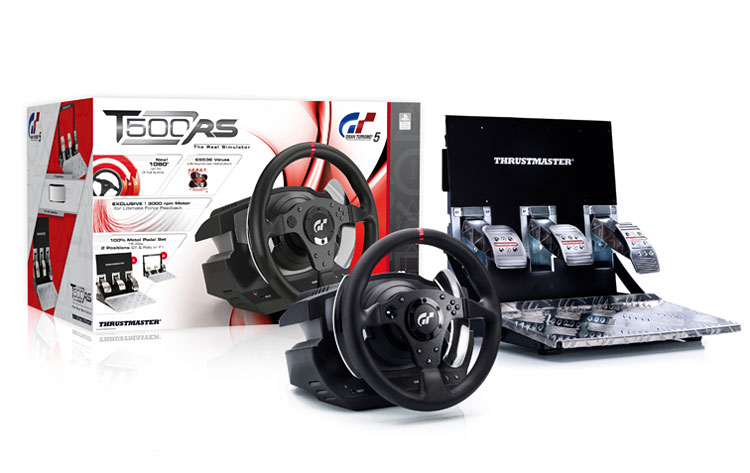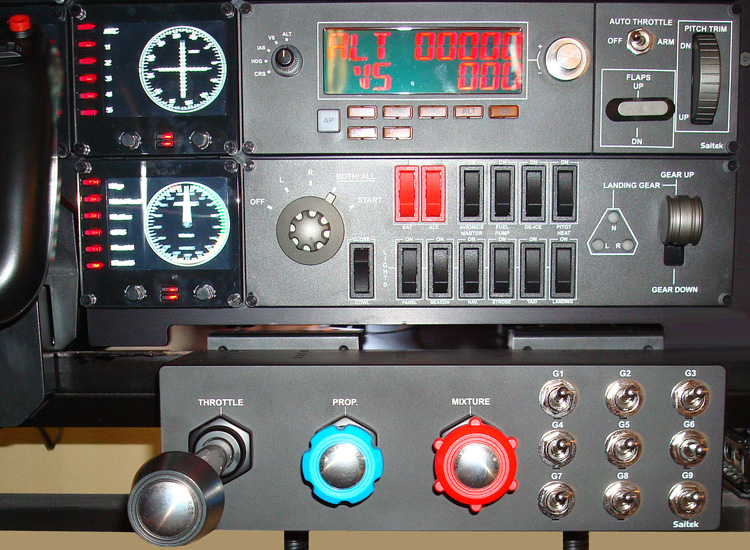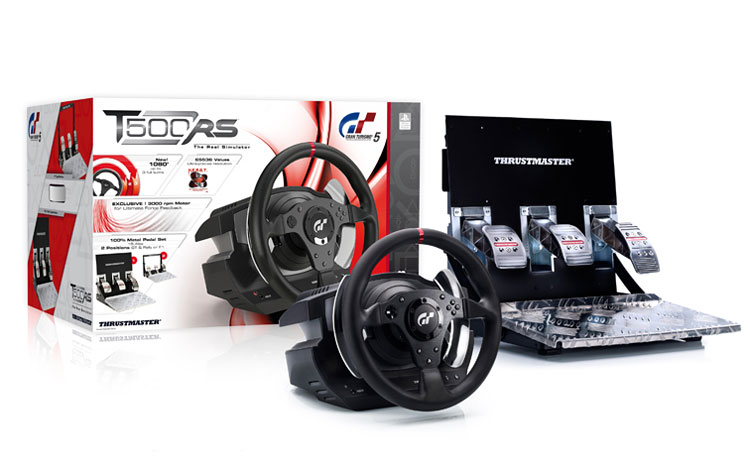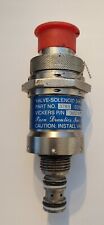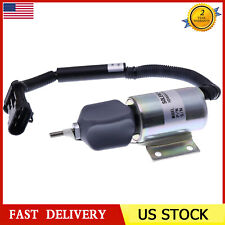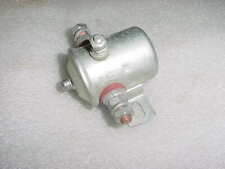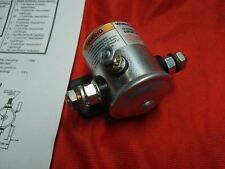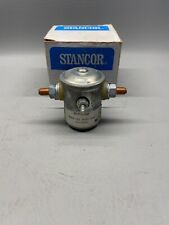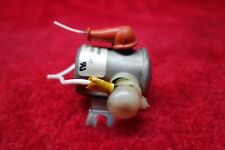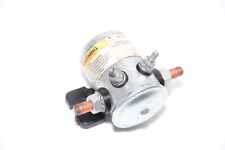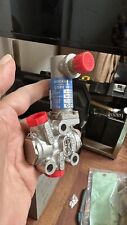Thrustmaster T500 RS
by “Chunx”
Introduction
Thrustmaster has been on a roll lately — a seemingly relentless campaign to assume the mantle of leader in the simulation controller industry. In 2010, their new HOTAS Warthog reset the standard for combat flight simulation controllers. In 2011, Thrustmaster is poised to do the same in the racing controller category with their new T500 RS, marketed as the new official controller for Gran Turismo 5 (GT5) on the PS3. Like any high-end product, owning your own copy of class-leading tech will cost you: the T500 RS retails for a whopping US $600. That’s double what you’ll pay for a wheel from Logitech and US $100 more than Fanatec’s top-line gear — Thrustmaster’s primary rivals. The question: is it worth the price?
Here is the Thrustmaster T500 RS Introduction video.
Initial Impression
The box arrived on my doorstep, looking and feeling more like it contained a small refrigerator than a gaming controller. Peering inside the box, these words started swirling in my mind: Beefy. Sturdy. Big. Heavy. Robust.
Product Manual
The T500 RS comes with a 20-page hard-copy instruction booklet, which is most appreciated. The manual includes descriptions of how to set up the basic wheel, and how to configure and use the customizable features of the T500 RS. It also contains a listing of what parts should be in the box — which helped me realize what items had been left out of the box by the last media team to try out this particular review copy: The “realistic” brake pedal stop, brake protectors, a few screws, and two Allen keys. To make up for those omissions, the previous reviewers added enough dog hair sheddings inside the box and every inner-working of the wheel and pedals to make my own lap dog. How considerate of them.
Wheel Housing
There’s no getting around it — the T500 RS is colossal. It is literally the elephant in the room (or on my PC desk, anyway). The wheel housing takes up a lot of desk space. Normally when clamping a wheel to my computer desk, I attach the wheel housing to the sliding keyboard tray, then slide the tray in until the front of the wheel housing braces against the main portion of the desk.

That strategy worked for my Saitek R100, my Logitech MOMO, and my G25. With the T500 RS? Not so much. The immense size of the T500’s housing sticks out so far that you cannot get the clamp under the keyboard tray. As a result, I had to attach the T500 RS to the main surface of my desk, which is made of glass. That method feels a bit iffy, as the force feedback is very powerful on this wheel. It worked for the review, but it doesn’t feel like a permanent solution.
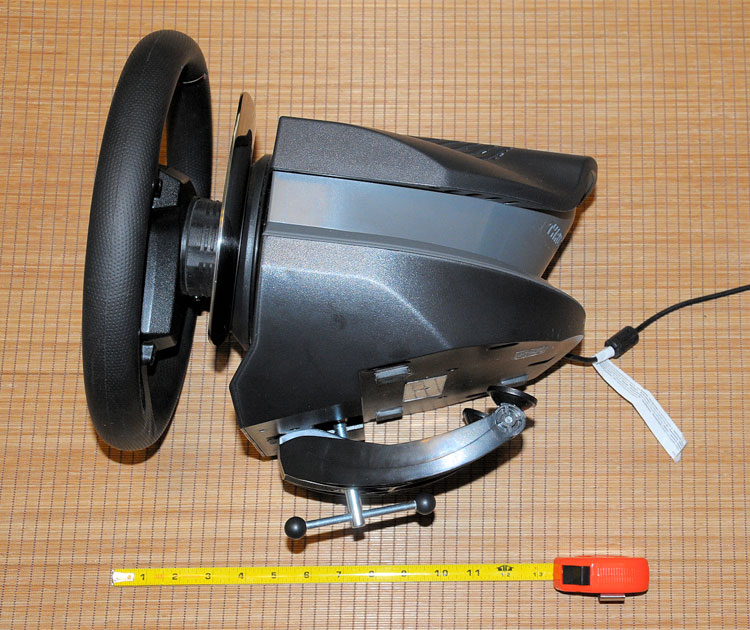
The T500 RS’s desk clamp is a big, u-shaped bracket that mates to wheel housing via sturdy T-handle bolt. While this method ultimately results in a firm attachment, getting the wheel to that point is an awkward affair due to ungainly size and weight of wheel housing and the loose, free-spinning nature of u-shaped clamp during tightening. You’re probably better off bolting this product to a wheel stand or sim cockpit, which is provided for with multiple hard points for bolting the wheel housing down.
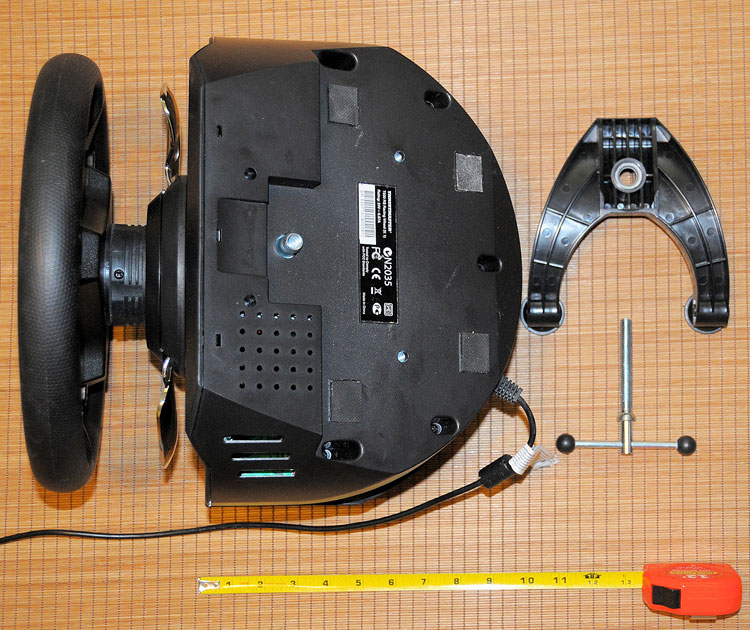
| Go To Page 2 |

